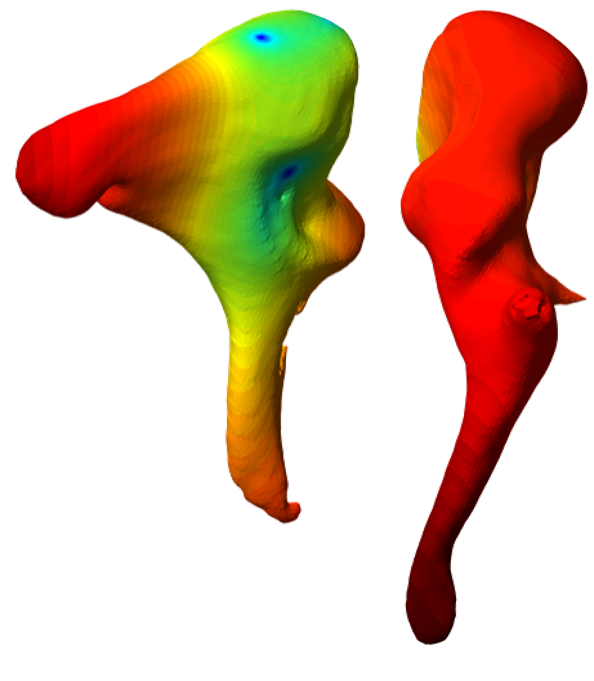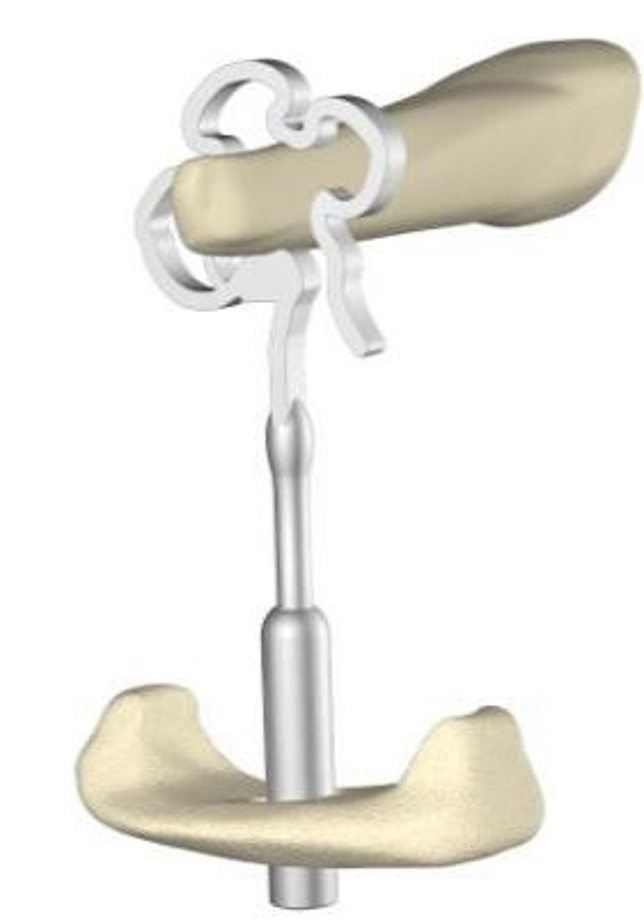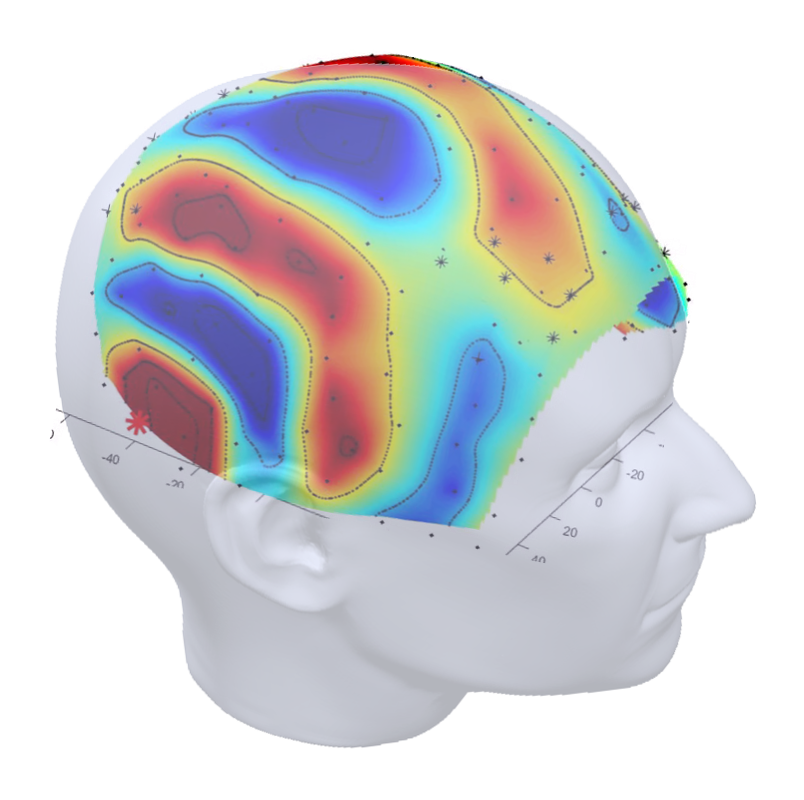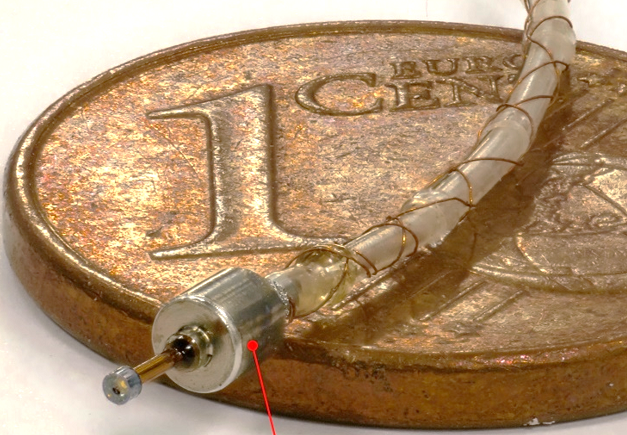Navigation auf uzh.ch
Navigation auf uzh.ch

The middle ear acts as a transducer between the outer and inner ear, providing impedance matching between the acoustic wave in the ear canal and fluid vibration in the cochlea. The related projects investigate functional roles of the human middle ear for sound transmission and protection/adaptation functions, in intact, damaged, and surgically-reconstructed conditions. Anatomical features and vibrational motion in 3D space are explored for various physiological and pathological conditions, and they are analyzed in comparison with numerical simulation of the corresponding biomechanical models.

Impaired middle-ear structures are frequently rearranged or replaced by surgical procedures with an implantable prosthesis. Middle-ear research aims to 1) assess new surgical techniques and prostheses pre-clinically and 2) optimize surgical conditions and prostheses in middle-ear implants. Surgical conditions and properties of the prostheses are parameterized, and objective quantities in the reconstructed middle-ear are measured to analyse the parameters in correlation with surgical outcomes. While most measurements are performed in cadaveric samples, intraoperative measurements are performed as well to confirm the results from the cadaveric samples.

Cochlear implants can restore hearing in patients with severe or profound hearing loss by electrically stimulating the auditory nerve. Ongoing research aims to develop new methods for improving hearing outcomes with a cochlear implant. Electrophysiological recordings are made during and after cochlear implantation to investigate the preservation of preoperative residual hearing, and to diagnose the state of the auditory nerve. These recordings can help in the development of an intra-operative, real-time feedback device for preserving residual hearing, and in the development of personalized sound processing strategies that adapt to the health of the neural structures. Research efforts also concentrate on the investigation of extracochlear electric stimulation as a future hearing therapy and a treatment for tinnitus. Apart from electrophysiological recordings, psychoacoustic measurements are utilized to achieve this goal.

Delivering sound by bone conduction (BC) is an alternative way to stimulate the inner ear in addition to the more common air conduction (AC) mode. Bone conduction hearing aid (BCHA) treatment has become the standard of care for patients suffering from conductive or mixed hearing loss who cannot wear conventional hearing aids, and for patients with single-sided deafness. Existing clinical methods for quantification of BC are used to differentiate conductive from sensorineural hearing loss, and also to test the function of the vestibular system. Experimental work, to evaluate the contributions of BC hearing, has been done on human subjects, animal models, temporal bones, and cadaver heads. The different BC pathways are difficult to isolate with experimental manipulations because the manipulation of one pathway affects one or more of the others. A solution is the use of a model that simulates BC excitation.

The human ear converts acoustic sound waves from the surrounding air into pressure waves within the inner ear fluid. The aim of this project is the development of a sound pressure receiver that records these inner ear pressure fluctuations. The ultimate goal of this project is to integrate this sound pressure receiver into a fully implantable cochlear implant to replace the external microphone. For this project, micro-electro-mechanical system (MEMS) capacitance microphones are used, which have been adapted for pressure measurements in the inner ear fluid. Several prototypes have been manufactured and the first inner ear pressure measurements show that this technology is a promising concept for future fully implantable cochlear systems.